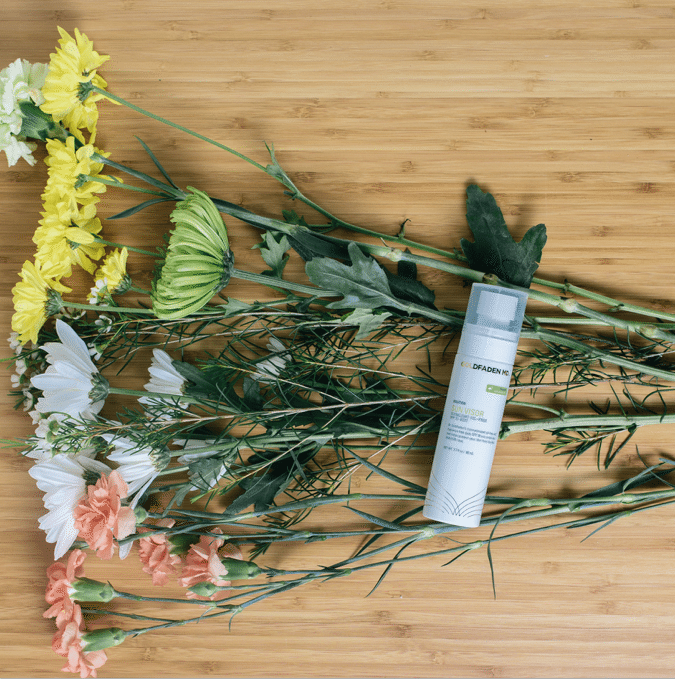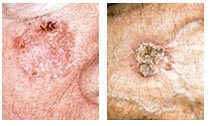October is Breast Cancer awareness month and a perfect time to learn the facts about this very common and potentially deadly disease. Below are some facts from Breastcancer.org, where you can find out more information if you or a loved one is fighting this cancer.
- 1 out if 8 women will get breast cancer during their lifetime (12%)
- A man’s risk for breast cancer is 1 in 1000
- In 2015 – 231,840 new cases of invasive breast cancer will be diagnosed
- In 2015- over 40,000 women are expected to die from breast cancer
- Breast cancer has the 2nd highest mortality rate for cancers with the exception of lung cancer in women
- 2nd to skin cancer, breast cancer is the most common diagnosed cancer for American women
- Under the age of 45, African American women are at higher risk than white women
- Hispanic, Asian and Native American women are at lower risk of developing breast cancer at any age
- Risk doubles if a woman has a first degree relative (mother, sister, daughter) that had breast cancer
- Only 5-10% of breast cancer can be linked to having the genes BRCA1 and BRCA2
- If you have BRCA1 you risk goes up to 45-55%
- BRCA2 the risk is 45%
- 85% of breast cancer occurs with NO family history
- Top risk factors are gender and aging
While exercise, eating a healthy diet, not smoking and maintaining a healthy weight all contribute to staying cancer free, the best weapon against breast cancer is a mammogram. There are two main types of mammograms available today, film or digital, talk to your doctor to see which is most appropriate for you. Film mammograms and digital both take two pictures of the breasts. The difference is how they are printed and stored. The actual process is the same but the storing of the results is different. Film is on film and digital is on a computer. The benefit to the digital is that they can be shared between doctors easily and blown up to see closer if something looks suspicious. There is also a 3D mammogram, which is available in 48 of our 50 states. The 3D mammogram takes images form various angles of the breast in ‘slices’, which allows for a deeper more accurate view. However, 3D mammograms are not always covered by insurance and are costly at $100.These mammograms are good for younger women, women with dense breast tissue or implants. Studies have shown that 3D mammography may help up to 40% more to detect cancer. They also lessen the ‘call backs’ because they are so precise.
Knowledge and early detection saves lives. Mammograms take 10-20 minutes and while they can be uncomfortable they do not hurt. If you have a family history of breast cancer mammograms are being recommended at an earlier age than 40. Talk to your mothers, sisters, daughters, aunts and friends. Urge them to get tested and have yearly mammograms. Another great way to help fight this disease is by raising money and participating in a Breast Cancer walk/run. Think Pink!





